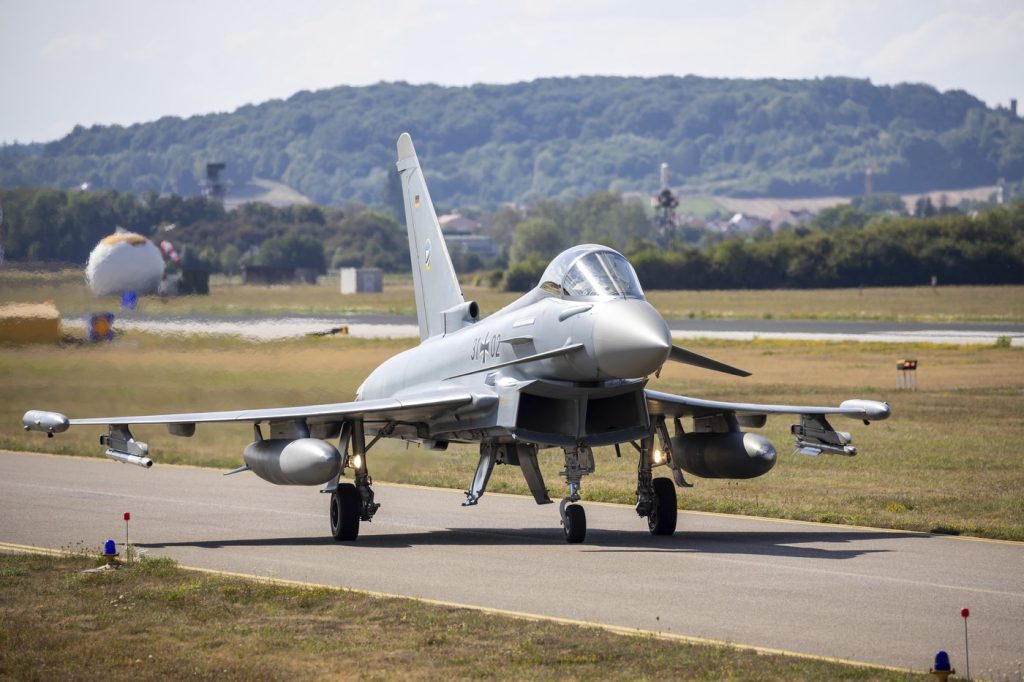On Sunday, military officials reported that air force fighter jets from Germany and Sweden were deployed to intercept and track a Russian surveillance plane that was flying without proper identification over the Baltic Sea. This incident reflects ongoing tensions regarding Russian military activities in the region.
Two Swedish Gripen fighters and two German Eurofighter jets were sent into international airspace to monitor and photograph the Russian IL-20 reconnaissance aircraft. The IL-20 had been flying without submitting a flight path or maintaining radio contact, raising alarms among Swedish and German air force officials about its intentions.
The aircraft monitoring operation concluded without any incident, but it underscores the heightened alertness of NATO and EU member nations concerning Russian military and reconnaissance operations in their airspace. On the previous Friday, the situation had escalated further when three Russian fighter jets unlawfully breached Estonia's airspace, remaining there for approximately 12 minutes, according to a statement from the Estonian Foreign Ministry.
This recent violation occurred just over a week after NATO aircraft successfully intercepted and destroyed Russian drones over Poland, which had already sparked concerns about a potential escalation of the ongoing conflict in Ukraine affecting neighboring countries.
The Swedish Air Force publicly announced the engagement on its X account, stating, “Today, (Swedish) JAS 39 Gripens and (German) Eurofighters were scrambled over the South Baltic Sea, identifying and monitoring a Russian IL-20 reconnaissance aircraft in international airspace.” The German Luftwaffe also provided details of their operations, indicating that their jets initially tracked the Russian aircraft before transferring the monitoring duties to the Swedish fighters. Subsequently, they returned to Rostock-Laage airfield in northern Germany.
This incident is part of broader concerns about Russian military maneuvers in the Baltic region, which have created an environment of uncertainty and vigilance among NATO and EU nations, as they continue to monitor airspace violations closely.
Overall, the situation highlights the delicate balance of security and the ongoing tensions in European airspace, particularly as NATO member states remain watchful of Russia's military activities amidst the Ukraine conflict.










